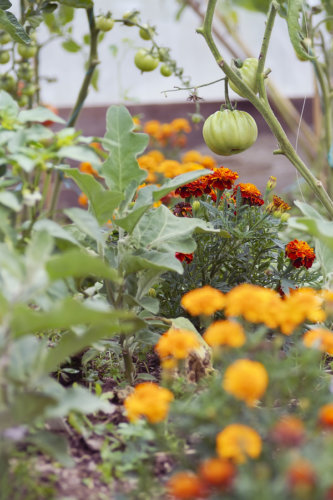The landscaping of your home is probably the single biggest and most expensive part of a home which many homeowners choose to do completely on their own. It also happens to be the part of your home that your neighbors and visitors see most often. Thankfully, there is an am ample supply of TV shows, websites, and professional advisors talking about the topic, so it can be very easy to make a great landscape with your own work.
But if you don’t take advantage of the help that’s available, you may end up doing something that turns out to be a mistake. It could even drop the value of your home.
What can you do if you’ve sunk a large sum of money on a landscape feature that just isn’t working out? Sometimes, nothing. But usually, there are ways to get out of your painted-in corner.
Let’s look at some of the things that people frequently do incorrectly, and then examine some options for fixing it.
Poor Species Selection
A lot of people fall victim to this one. They see a photo in a magazine or on a website and they fall in love with some type of vegetation that really isn’t suited for their area.
Just because the big-box home improvement store will sell it to you doesn’t mean that you should buy it. For example, many people choose the wrong grass seed for their lawns. They hear about the durability of a turf like bermudagrass, only to watch it struggle in their New England lawn.
You have to match the species to its best climate! For cooler climes, your best option is to choose one of the cool-season grasses. If you want something unique, try some Kentucky bluegrass seed to get a striking hint of azure on sunny days.
Other species aren’t just a bad choice in some places, they’re a bad choice in all places. A good example is the burning bush. Despite its high popularity among homeowners, the burning bush is actually considered an invasive species, not to be cultured due to the threat it poses to native plants.

Pest Issues
You can’t always help which insects arrive in your neighborhood, but you can do a little something to prevent your landscape from turning into a buffet for them. The mistake some DIY landscapers make is to put out plants that play right into the hands of ravenous six- and eight-legged beasts. Then they fail to commit the time and money it takes to manage them with chemicals.
Of course, many people decide that they’ll just start spraying. While this can work, it can also lead to other problems. It’s tough to find the time to spray as often as needed, and families with pets or kids in the home (or just next door) may struggle to exclude those vulnerable individuals from areas where treatments are made.
Biological controls like companion plants can be a great solution. The right choices of plants can repel or distract some of the most problematic insects, sparing the desirable plants from the damage they would otherwise suffer. This saves you money, hassle, and danger from pesticides, and it also helps combat the growing immunity of many critters to the most popular products.

Poor Site Selection
Landscapers talk about a thing called a microclimate. Simply put, it describes the particular characteristics of a very small area. For example, the microclimate for twin rose bushes can differ dramatically if one has been planted where the shadow of the house blocks the late day sun. This discrepancy can permit disease infestations and generate a significant difference in plant size between two identical specimens.
Water is another issue. Many plants don’t do well with wet soils. They need a well-drained site that permits adequate oxygen flow to the roots (yes, roots need oxygen too). A plant in a wet site might live, but it will not thrive.
Site selection can sometimes be corrected with minor adjustments. For example, if the lowest limbs of a shade tree are interfering with the necessary sunlight for a bed of annuals, you can probably cut a few limbs off to fix the problem. Water issues can often be dealt with by digging some type of drainage ditch; such locations are often created when your house blocks the normal flow of water.
We all make mistakes sometimes when we try to extend ourselves beyond what we’re familiar with. There’s nothing wrong with it until we run into unwanted problems and costs as try to make things right. If you’ve made a mistake in the landscape, don’t do anything rash. Consider ideas like these to salvage the project–and save your money long term.


